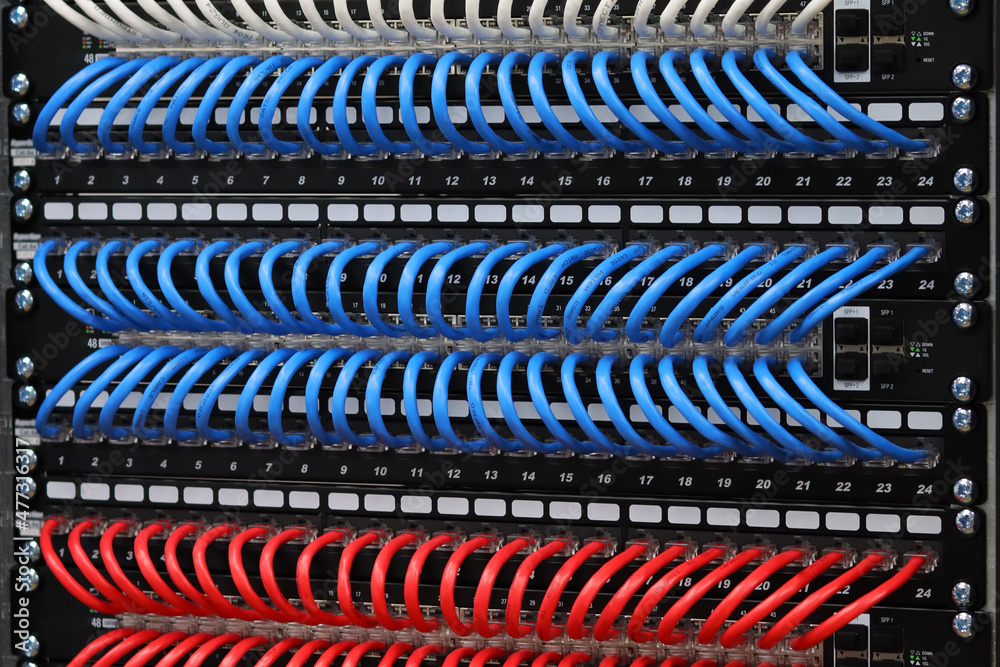What is Structured Cabling?
Discover the importance of Structured Cabling in modern IT infrastructure, its components, benefits, and why it’s crucial for businesses seeking reliable and scalable network environments.
Structured cabling forms the backbone of any modern IT infrastructure, providing a comprehensive telecommunications infrastructure that organizations rely on to transmit data, voice, alarm, video, or signals through a network. Unlike traditional point-to-point cabling, structured cabling offers a highly organized and standardized approach to wiring an infrastructure, which can include data centers, offices, and buildings, ensuring maximum efficiency and scalability.
Structured cabling is an organized, standardized architecture for integrating multiple voice, data, electronic, and video cables within a building or campus. This system comprises several smaller, standardized elements that can be easily installed and managed, supporting various hardware uses and promoting future growth and flexibility.
Why is Structured Cabling Important?
In today’s fast-paced, digital world, a reliable and efficient network system is indispensable. Structured cabling provides a robust and flexible solution to meet the complex needs of current and future technologies. It simplifies the maintenance of the infrastructure by reducing the complexity and potential for errors, which can result from the ad hoc additions, changes, or moves of a cabling structure. Moreover, it supports high speeds and bandwidth, ensuring that your network can handle the increasing data volumes of modern business operations.
The Foundation of Digital Networks
At its core, structured cabling unifies your IT network for data, voice, and video, which significantly simplifies the troubleshooting process and reduces downtime. This foundation supports the performance of your network not only today but also as you add to it or upgrade it in the future. With structured cabling, your IT infrastructure is more scalable, flexible, and ready to respond to advancements in technology.
Planning for the Future
One of the most significant advantages of structured cabling is its foresight for future enhancements and technologies. By installing a versatile cabling system, businesses can adapt to new technologies without a complete overhaul of their cabling infrastructure, ensuring longevity and cost-effectiveness.
Compliance and Standards
Structured cabling systems adhere to a set of standards that specify wiring data centers, offices, and apartment buildings for data or voice communications, using various kinds of cable, most commonly category 5e (CAT5e), category 6 (CAT6), fiber optic cabling, and modular connectors. These standards ensure that the cabling installation is done professionally and performs well within the specified parameters.
Enhanced Performance and Reliability
A well-designed structured cabling system can significantly enhance the speed, reliability, and efficiency of your network operations. It minimizes the risks of downtime and performance issues, which are critical in today’s business environment where data transmission speed and reliability are crucial to operational success.
Conclusion
Structured cabling is more than just wiring; it’s an investment in the efficiency and scalability of your business’s IT infrastructure. By understanding its components, benefits, and the strategic approach to its implementation, businesses can ensure they are well-equipped to handle the demands of today’s and tomorrow’s technology-driven world.


